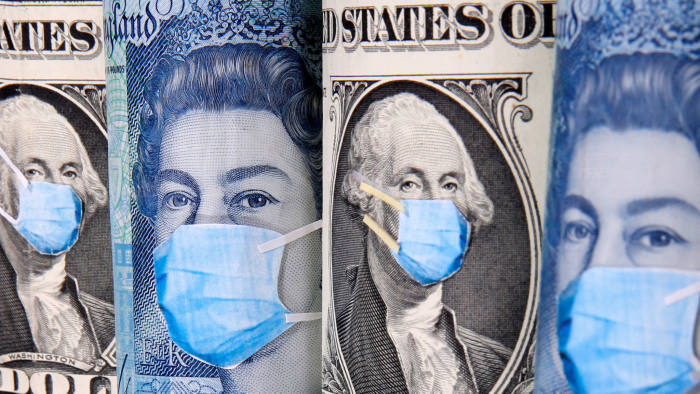By the Financial Times Editorial Board
(Suggestion by Petros Petrikkos)

The British government has never paid off the £1,200,000 loan that created the Bank of England in 1694. In exchange it gave the merchants who provided the money the exclusive right to print banknotes against this debt, giving birth to the central bank and much of the architecture behind the world’s financial system. Today, as policymakers promise to do “whatever it takes” to prop up their economies in the face of coronavirus, central banks are facing calls to print money to finance government spending directly.
In times of emergency, particularly war, central banks have often handed freshly printed banknotes to governments. The fight against resultant inflation was postponed until after any crisis. Despite the pandemic, the world is not yet in that position today. There is no need, for now, to relax the framework of independent, inflation-targeting central banking. Yet this kind of monetary financing should be a tool available to policymakers, if needed.
Without limits, allowing a government to finance itself by creating money can lead to hyperinflation. But these risks can be manageable: the quantitative easing of the past decade, despite predictions, has not lifted inflation above the main central banks’ 2 per cent targets. The money pumped into rich-world economies has been met by increased demand, perhaps permanently, for precautionary saving.
There is no clear distinction between quantitative easing and monetary financing. Central bankers say asset purchases under QE are temporary, meaning the newly-created money will one day be removed from the economy. But it is hard to bind the hands of their successors, who could one day make them permanent. Either way, the effect is to lower the cost of government borrowing. Buying the bonds only after they have been sold to private investors still frees up funds for new issues.
[…]
Second ad on the rhr
Read more at source
Third ad on the rhr
Source: Printing money is valid response to coronavirus crisis | Financial Times

